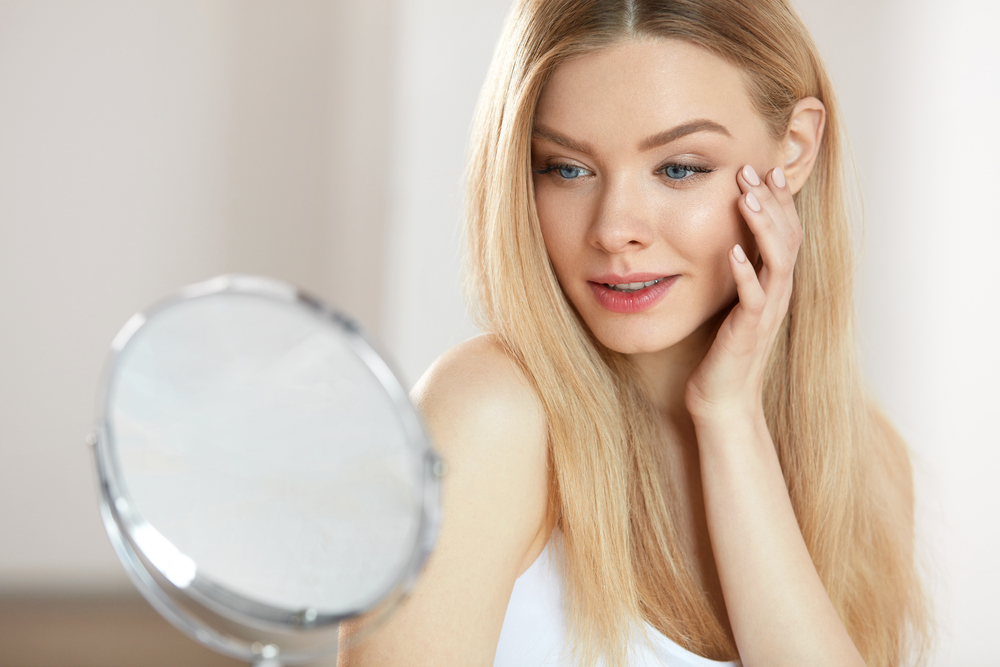
This month’s latest beauty buzzword
It’s been praised as the ultimate anti – wrinkle busting ingredient in skincare. Just last month, KKW founder Kim Kardashian West, the queen of dewy, glowing and beautifully contoured skin shared on her website that she reaches for a $10 serum to help slow down signs of aging.
What are retinoids?

Retinoids are a class of compound vitamins extracted from vitamin A, that is frequently used in skincare. Listed in the order of potency: retinoic acid, retinaldehyde, retinol, and retinyl palmitate. The ingredient retinoic acid is the active form of the chemical that can be easily used on skin, however almost always requires a prescription like tretinoin. Retinyl palmitate also referred to as vitamin A palmitate, is the less effective retinoid. That is also the reason why it’s the most affordable and on the bright side, least drying. Effective retinoids tend to be more irritating, so a less potent one doesn’t necessarily mean it’s a bad thing. By using a weaker form, it could be more effective because it won’t irritate the skin as much, and the chances of repetitive use will be higher.
Types
Retinoids come in more than one shape or form, the few different types that add to the misconceptions are: tretinoin, retinol, and retinyl esters. What makes them slightly different is because of the chemical compounds. They’re all conveniently available over the counter, and less potent than tretinoin. Retinol, (often in everyday products) is a lighter form of retinoid.
Suitable skin types
Seen as a powerful plumping agent on maturing skin, or for those who have been subjected to premature aging by the sun, retinoids are remarkably effective on acne battling skin.
“They act as an exfoliant and improve skin cell turnover,” says Dr Mahto. “So, they are particularly effective in people with sun damaged skin, or those suffering with acne.
“They also help improve the appearance of fine lines, wrinkles, age spots and skin pigmentation by increasing the production of collagen and stimulating the blood vessels in the skin,” she adds.
The best time to incorporate them
Popularly known as an anti-aging ingredient, the benefits vary – considering introducing them into our skincare routine sooner than later. Did you know that skin loses on average 1 percent of collagen per year starting in your mid-twenties? Incorporating retinoids in your late-twenties and on is an appropriate time to add to your routinely skincare.
How to use them?
Opt for an over the counter product that has at least 0.1 percent retinol and read the entire ingredient list or ask at the counter what the product contains. The amount of retinol may be increased to 0.3 percent or 0.5 percent as your skin builds up the tolerate to it.
Drawbacks
Common side effects will include stinging, peeling, burning, and irritation upon initial contact with skin. As you begin to build up tolerance by steadily using it a few times a week, you will get to gauge and see what you can manage – if the product makes your skin sore, chose to give it a rest. If your skin can endure retinol, you can choose to up the amount of times you’re using it per week. For sensitive skin type, or those that suffer from inflammatory skin conditions such as rosacea, eczema, or psoriasis, consult with a dermatologist before using as the products can possibly cause further skin problems.
